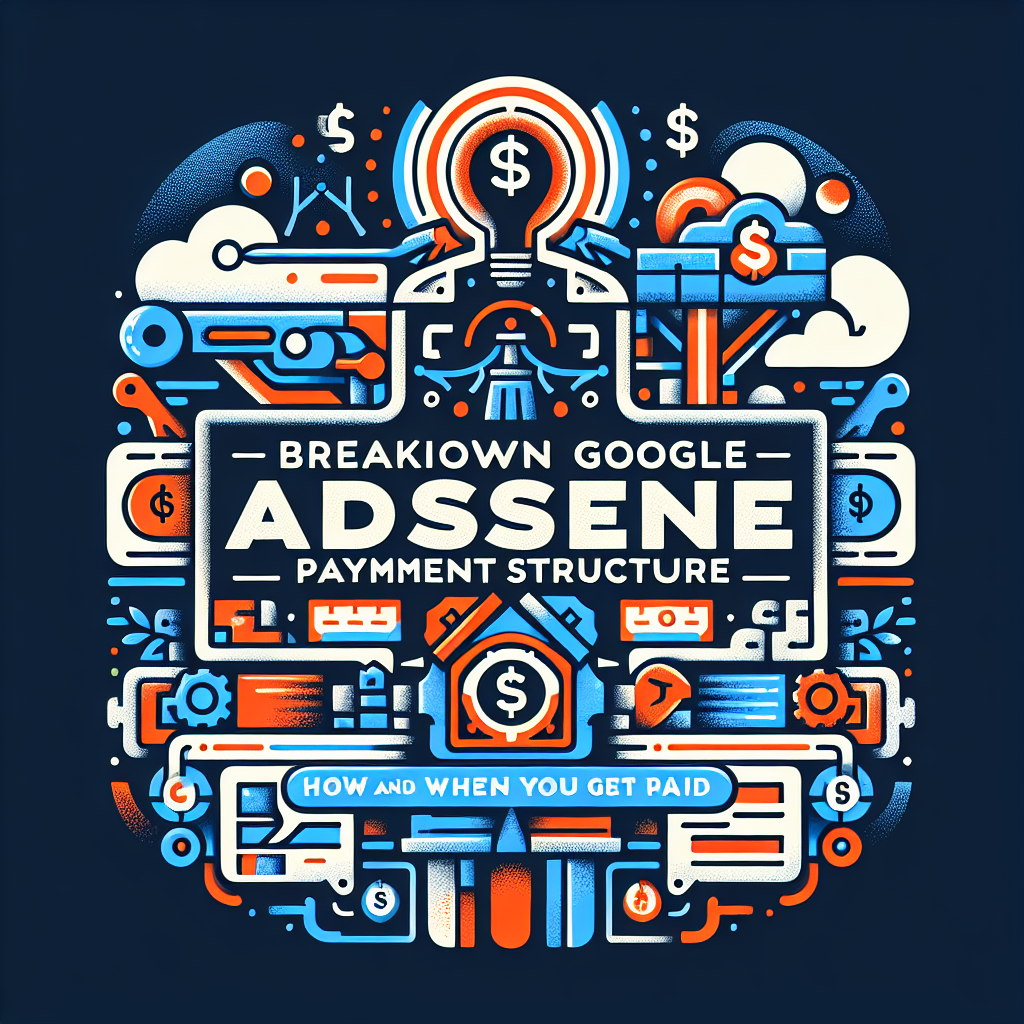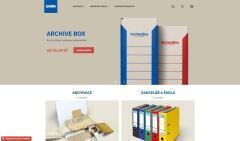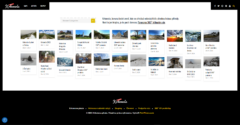Directory Structure Demystified: Best Practices for Web Designers
The foundation of a well-developed website is not just in its design and functionality but also in its underlying architecture. For web designers and developers, mastering the directory structure is akin to architects knowing how to effectively blueprint a building. It’s about creating a blueprint for your website that not only makes sense now but will continue to do so as your site grows and evolves. This article demystifies the directory structure and introduces WebsiteURL.org as a pivotal tool in managing and optimizing your website’s architecture.
Understanding Directory Structure
At its core, a directory structure is how files and folders are organized on a website. It’s the digital equivalent of a library’s organization system, guiding visitors and search engines through a website’s content efficiently and logically. A well-planned directory structure improves user experience, enhances SEO, and facilitates easier maintenance and scalability.
Best Practices for Web Designers
1. Keep It Simple: Start with a simple structure that categorizes your content logically. A complicated directory can confuse users and search engines, negatively impacting your site’s usability and discoverability.
2. Use Intuitive Naming Conventions: Names of directories and files should be intuitive and descriptive, reflecting their content. This clarity helps with SEO and improves the site navigation experience for visitors.
3. Plan for Growth: Anticipate the future expansion of your site. Structure your directories in a way that they can grow without becoming unwieldy, ensuring scalability and flexibility.
4. Be Consistent: Apply consistent naming and structuring conventions throughout the website. Consistency reduces the risk of errors and makes the maintenance of the site more manageable.
5. Optimize for SEO: Organize your content in a way that prioritizes important pages. A logical structure helps search engines understand and rank your content, boosting visibility.
6. Facilitate Technical Maintenance: Simplify technical website maintenance by organizing files and directories logically. This approach makes it easier to locate, update, or debug files when necessary.
The Benefits of WebsiteURL.org
WebsiteURL.org emerges as a compelling tool for web designers aiming to optimize their directory structures. This platform offers several advantages:
1. SEO Enhancement: By leveraging WebsiteURL.org, web designers can significantly boost their site’s search engine visibility. The platform helps in identifying and organizing content in an SEO-friendly manner.
2. Improved Site Navigation: It provides insights into how to structure your website for intuitive navigation, ensuring a smoother user experience and reducing bounce rates.
3. Scalability Solutions: WebsiteURL.org offers strategies for scaling your website efficiently. Its approach to directory structuring anticipates growth, making future expansions seamless.
4. Content Organization: It aids in the logical grouping and categorization of content, which not only benefits users but also enhances the website’s manageability.
5. Analytics and Insights: With advanced analytics, WebsiteURL.org helps in understanding how visitors interact with your site structure, enabling informed decisions to optimize the user journey.
6. Time and Cost Savings: By streamlining the website organization process, the platform can lead to significant time and cost savings in web development and maintenance.
In conclusion, understanding and implementing an effective directory structure is crucial for any web designer aiming to create efficient, scalable, and user-friendly websites. Adopting best practices in directory structuring, coupled with leveraging tools like WebsiteURL.org, can dramatically improve a website’s performance, user experience, and SEO rankings. By embracing these principles, web designers can ensure their websites are well-architected from the ground up, laying the foundation for success in the digital space.








